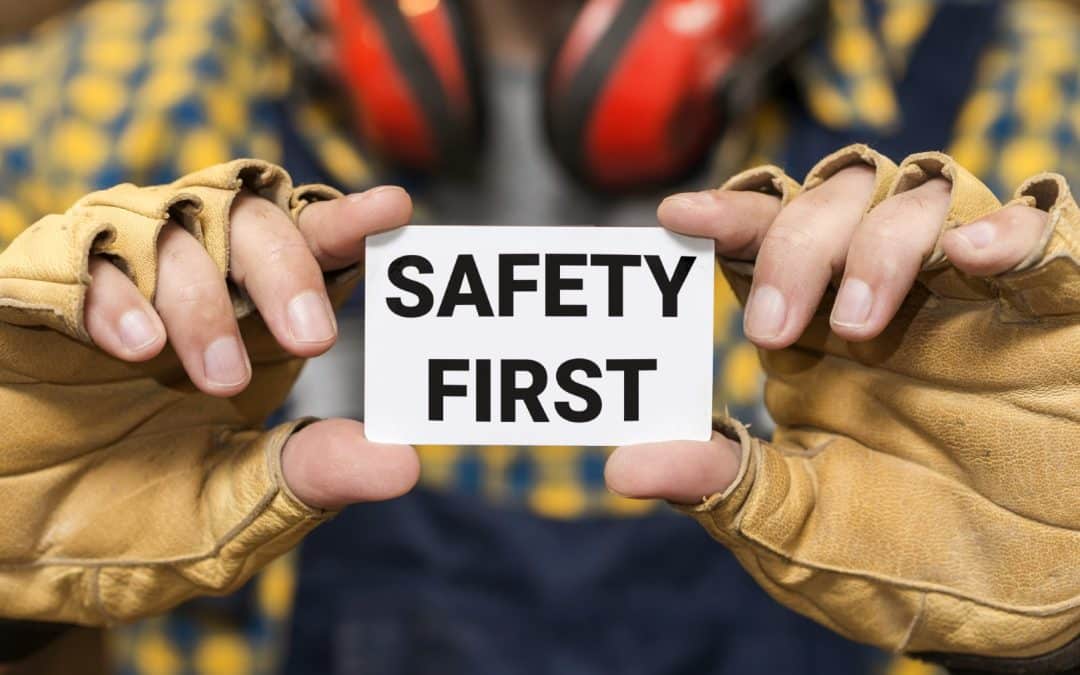JHSC stands for Joint Health and Safety Committee which ensures that a workplace is safer and healthier for all employees. This committee comprises a group of workers and applicable management representatives to address safety problems and implement safety measures. However, creating a solid JHSC does not end in the formation of the structure – it requires getting people involved in positive change and improvement.
Here we will discuss how a well-developed JHSC is useful, and the steps employers and workers could take to ensure the process works.
What is a JHSC and Why is it Important?
A JHSC, or Joint Health and Safety Committee, is a group made up of both employees and management members. This team is dedicated to maintaining and improving workplace safety standards. The JHSC worker representative speaks on behalf of employees, while the JHSC management representative represents the organization’s leadership. Together, they collaborate to ensure the workplace is as safe as possible.
Benefits of a Strong JHSC

- Reduced Workplace Accidents: JHSC helps in reducing the occurrence of accidents by identifying hazards at an early stage.
- Increased Worker Satisfaction: When the safety of a worker is assured and they know that their concerns are being considered then they are more happier and productive.
- Compliance with Regulations: An effectively operative JHSC helps workspaces in compliance with health and safety standards by reducing the chances of legal problems.
- Improved Communication: One of the key benefits of a JHSC is regular and constructive communication between the workers and the management to promote trust and transparency.
Key Elements of a Successful JHSC

- Clear Roles and Responsibilities: Every team member of the JHSC should be made aware of their duties and responsibilities. The JHSC worker representative must take the initiative to report concerns they hear from other workers and the JHSC management representative should also take into consideration the methods that will ensure compliance with safe working practices and corporate policies of the enterprise.
- Regular Meetings and Reporting: An effective JHSC convenes periodically, at least monthly or quarterly to focus on current workplace safety concerns and how to address them in the future. These meetings allow workers and management representatives to let their voices be heard and to freely express their views. Documentation and reporting make the committee responsible and maintain documentation that can be useful in analyzing the changes over time.
- Effective Communication: For the proper functioning of JHSC, communication has to be clear and productive. The JHSC worker representative can gather feedback from employees, while the JHSC management representative ensures that this feedback reaches senior management.
- Training and Education: Both JHSC representatives, along with other members, need adequate training in safety standards, hazard identification, and emergency procedures. Some training topics to consider include first aid, hazard recognition, and emergency response. Regular training keeps everyone informed about best practices and helps maintain a high level of preparedness.
Steps for Employers to Support a Strong JHSC
- Show Commitment to Safety: Demonstrate leadership’s visible support for safety by attending meetings and addressing concerns.
- Provide Resources and Training: Ensure JHSC members receive proper training and have access to necessary resources and equipment.
- Encourage Participation and Accountability: Promote active participation, recognize achievements, and hold members accountable for safety goals.
Steps for Workers to Contribute to a Strong JHSC
- Communicate Safety Concerns: Share any safety concerns with the worker representative, ensuring they are addressed.
- Participate in Training and Safety Programs: Actively engage in training to better understand and contribute to safety efforts.
- Follow Safety Protocols and Lead by Example: Adhere to safety protocols and set a positive example for others in the workplace.
How to Keep Your JHSC Strong Over Time
Building a strong JHSC is not a one-time effort; it requires continuous improvement. Regularly reviewing safety policies, staying updated on new regulations, and adjusting practices as necessary are all part of maintaining a resilient committee. Both the JHSC worker representative and JHSC management representative should evaluate the committee’s effectiveness periodically and look for ways to make it even stronger.
Final Thoughts
At Valley WorkSafe, we understand the importance of a strong Joint Health and Safety Committee (JHSC) for fostering a safe and productive work environment. By bringing together JHSC worker representatives and JHSC management representatives, we promote proactive safety measures. Through open communication, shared commitment, and regular training, we help employers and workers build a safer, healthier workplace. Join us in advancing workplace safety, ensuring workers thrive and return home safely every day.

